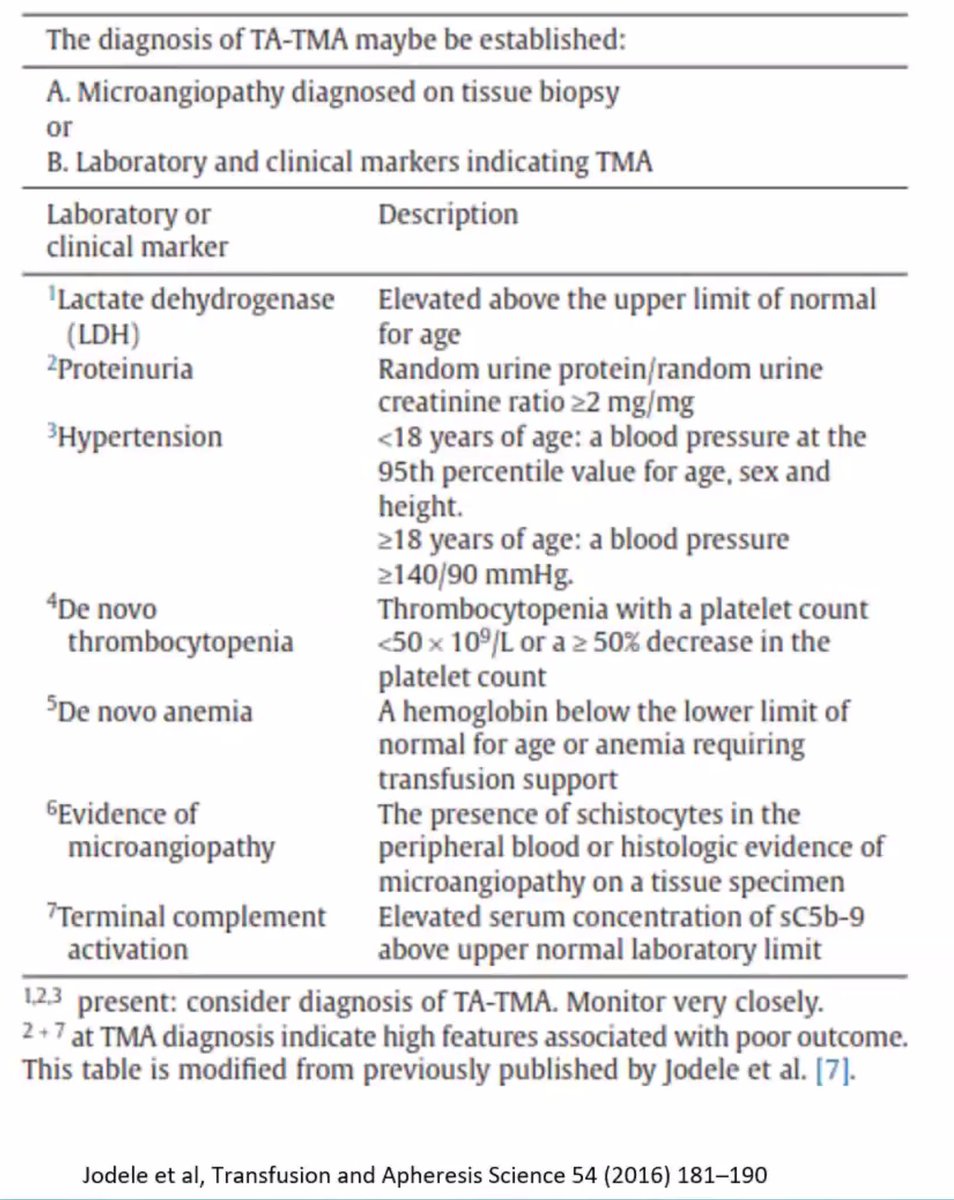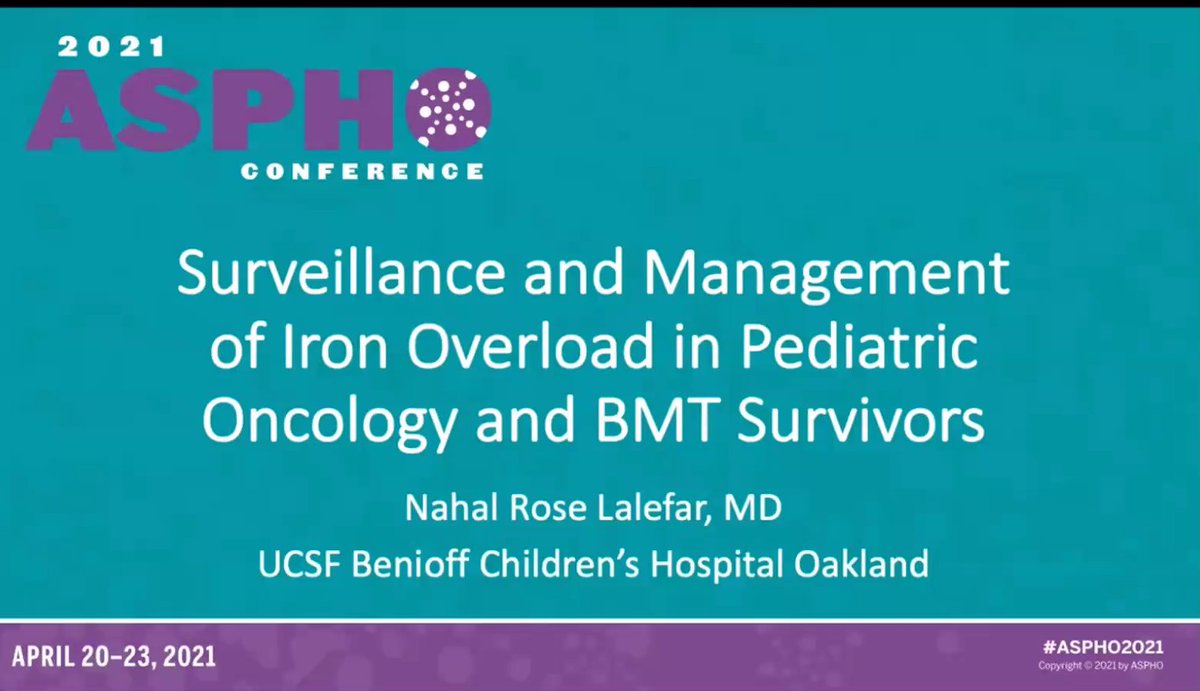
Will tweet some pearls from @Sisk_MD's (young investigator award winner) plenary talk on communication breakdown in #pediatriconcology #phodocs here at #ASPHO2021 1/n 

Communication has lots of functions -- not just passing information. @Sisk_MD outlines 8 here. 2/n 

He did qualitative research with a total of 80 parents of children with cancer across different time points and different ages. ... 95% of parents experienced negative communication experiences! (with everyone - ALL team members) 3/n 

What are the contributors? Individual-level contributors (! especially when clinician competency and reliability was at stake!), team-level contributors (when parents need to report between other team members!), org-level contributors (mult rotating trainees) 4/n 

and also healthcare system contributors (insurance issues and worries about collaborating hospitals with rural local hospitals). The consequences are REAL -- see here. Emotional distress but decreased trust! 5/n 

What did people do AFTER these breakdowns that helped? @Sisk_MD says a) Explore, b) acknowledge, c) inform, d) adapt, e) advocate. Super useful example attached here. 6/6 

• • •
Missing some Tweet in this thread? You can try to
force a refresh














